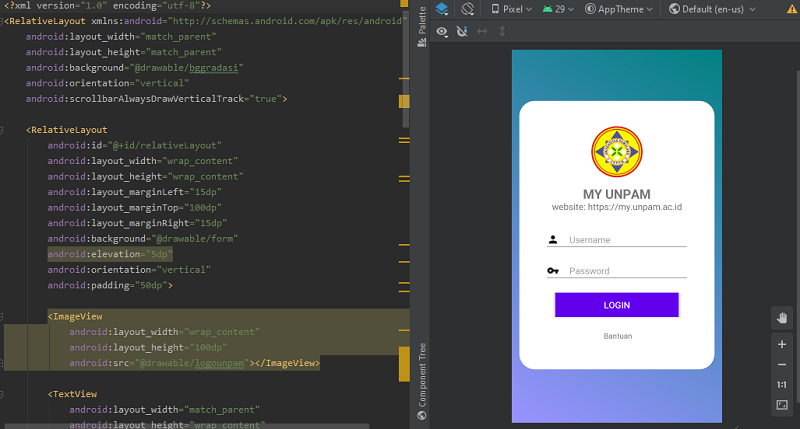
- #Android studio log install#
- #Android studio log android#
- #Android studio log code#
- #Android studio log download#
Just do a chmod 777 -R on this folder, problem solved.
#Android studio log android#
In Tools -> Android -> SDK manager there is the SDK installation folder at the top of the window. It was a permission issue on the SDK installation folder. The content and path of the file would be different for different components Path=C\:\\Users\\user\\AppData\\Local\\Temp\\PackageOperation03 The content of the file looks something like this #Tue May 16 18:41:Ĭlass=.installer.BasicInstaller
#Android studio log download#
This will force SDK manager to re download that component only and you don't need to download the complete SDK again installData from where SDK manager is getting this info and delete it. The solution to fix this is to find the file. For example in OP's case its mentioned as below:ĭue to some reason that file might not be available any more and Android studio instead of asking for a re-download would give this error. The reason is that the SDK manager would write the location of the temp file where it downloads the installer.

Import 7.app.I had the same problem but starting the Android Studio in Administrator Mode has helped me to continue with the update. Here is the content of MainActivity.java.
#Android studio log install#
Run the application and choose a running android device and install the application on it and verify the results. Modify res/layout/second_main.xml file to add respective XML code. Modify res/layout/activity_main.xml file to add respective XML code.
#Android studio log code#
Modify src/MainActivity.java file to add progress code to add session code.Ĭreate New Activity and it name as this file to add progress code to add session code. You will use android studio IDE to create an Android application under a package. To experiment with this example, you need to run this on an actual device or in an emulator. But if you logout from the application, you will be brought back to the main login screen. And then when you exit the application without logging out, you will be brought back to the same place if you start the application again. It crates a basic application that allows you to login for the first time. The below example demonstrates the use of Session Management. It is demonstrated in the example below − Example But if we got the data, we will start from the where the user left it. If we don't have the data, we will start the application from the beginning as it is newly installed. In order to perform session management from shared preferences, we need to check the values or data stored in shared preferences in the onResume method. Session Management through Shared Preferences It will save a float value in a preference editor It will save a integer value in a preference editor It will save a long value in a preference editor It will remove the value whose key has been passed as a parameter It will remove all values from the editor It will commit your changes back from editor to the sharedPreference object you are calling Its syntax is −Įditor editor = sharedpreferences.edit() Īpart from the putString method, there are methods available in the editor class that allows manipulation of data inside shared preferences. You will call the edit method of SharedPreference instance and will receive it in an editor object. You can save something in the sharedpreferences by using SharedPreferences.Editor class. SharedPreferences sharedpreferences = getSharedPreferences(MyPREFERENCES, Context.MODE_PRIVATE) In order to use shared preferences, you have to call a method getSharedPreferences() that returns a SharedPreference instance pointing to the file that contains the values of preferences. Shared Preferences allow you to save and retrieve data in the form of key,value pair.

But the most easiest and nicest way of doing this is through Shared Preferences. This can be achieved in below listed simple steps.

Instead of using for logging, we can actually use Java Logger configured with ConsoleHandler to log messages on the test output screen. Session help you when want to store user data outside your application, so that when the next time user use your application, you can easily get back his details and perform accordingly. I would go with Vasiliy's approach but with a small change.


 0 kommentar(er)
0 kommentar(er)
